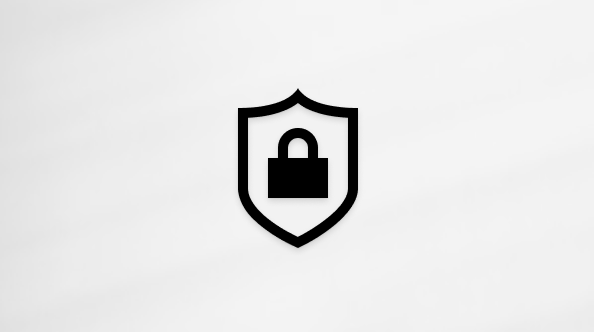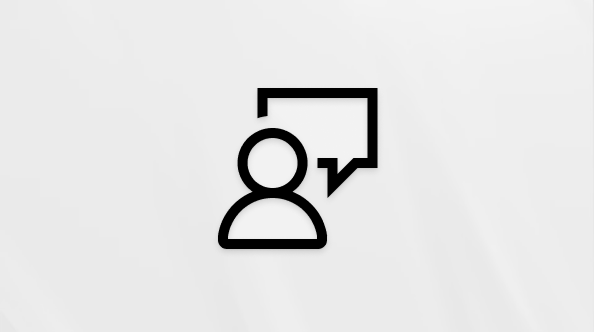Updates to the default screen and sleep settings now help you use energy more efficiently and extend battery life. You can find efficiency settings in Windows 11 at Settings > System > Power & battery .
For a guided walkthrough of how each of the power and battery settings can improve your device's performance, click the button to open the Get Help app:
Key settings to help save power
The following settings can help reduce power consumption and improve energy efficiency on your Windows 11 device:
|
Setting |
Where to find it |
How it helps to save power |
|---|---|---|
|
Power Mode |
Settings > System > Power & battery > Power Mode |
Select Best Power Efficiency to reduce power consumption by limiting background activity. |
|
Energy Saver |
Settings > System > Power & battery > Energy saver |
Activates when battery is low; dims screen and limits background processes.
|
|
Screen & Sleep timers |
Settings > System > Power & battery > Screen, sleep & hibernate timeouts |
Set shorter times for screen-off and sleep to reduce idle power use.
|
|
Dark Mode |
Settings > Personalization > Colors |
Choose Dark mode to reduce screen power usage, especially on OLED displays. |
|
Wi-Fi/Bluetooth |
Taskbar Quick Settings |
Turn off Wi-Fi and Bluetooth when not in use to save battery. |
|
Dynamic Refresh Rate |
Settings > System > Display > Advanced display |
Enable Dynamic Refresh Rate to lower screen refresh during static tasks and save power. |
Additional power efficiency tips
Click on each topic below to view some ideas that can improve the power efficiency of your Windows device:
We need energy to power our electronic devices. When energy is produced, carbon is often emitted. This is because much of the world’s energy today is created through the burning of fossil fuels.
Microsoft is committed to reducing the environmental impact caused by the energy use of our products, including when devices are idle. With power efficient settings, you don’t need to worry about using energy on your device when it’s idle—screen and sleep settings will put your device in a low power state while you’re not using it.
Lithium-ion batteries age over time, which can result in a battery not holding a charge for as long as it did when it was new. The capacity of lithium-ion cells is reduced after a certain number of times the battery is charged and then discharged. As a result, you’ll need to charge your battery more often, and the overall battery capacity may be lower. Power efficient settings help extend your battery life by minimizing the amount of battery needed to power your device when you’re not using it. These settings turn off your screen and put your device to sleep when not in use.
Because much of our energy today is produced from the burning of fossil fuels, reducing the amount of energy we consume results in fewer carbon emissions. Together, we can help reduce our carbon impact for computers by using power efficient settings.
Windows defaults for screen and sleep have been updated to reduce energy use when your device is idle. The tables below show the new default values for screen and sleep. To learn how to change the screen and sleep settings on your Windows device:
To adjust power and sleep settings in Windows 11, select Start > Settings > System > Power & battery > Screen, sleep, & hibernate timeouts.
-
Turn my screen off after: Select how long you want your device to wait before turning the screen off when you're not using your device, both when it's plugged in and when it's on battery power.
-
Make my device sleep after: Select how long you want your device to wait before going to sleep when you're not using it, both when it's plugged in and when it's on battery power.
See more about how to shut down, sleep, or hibernate your PC
New default settings for modern standby devices
|
Screen and sleep setting for modern standby devices |
Original setting (in minutes) |
Adjusted setting (in minutes) |
|---|---|---|
|
On battery, turn my screen off after |
4 |
3 |
|
When plugged in, turn my screen off after |
10 |
5 |
|
On battery, make my device sleep after |
4 |
3 |
|
When plugged in, make my device sleep after |
10 |
5 |
New default settings for S3 devices
|
Screen and sleep setting for S3 devices |
Original setting (in minutes) |
Adjusted setting (in minutes) |
|---|---|---|
|
On battery, turn my screen off after |
5 |
3 |
|
When plugged in, turn my screen off after |
10 |
5 |
|
On battery, make my device sleep after |
15 |
10 |
|
When plugged in, make my device sleep after |
30 |
15 |
PC Manager
|
|
The PC Manager app may also be useful in this scenario. For more information, see Microsoft PC Manager. Note: Microsoft PC Manager isn't available in all locales. |











